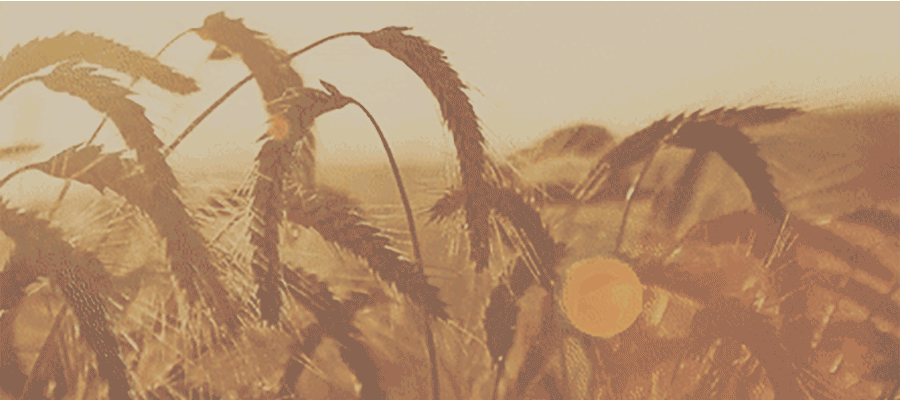Ruan are generally large animals with a streamlined body, thick hairless skin, three pairs of flippers, and a long tail with a diamond-shaped fluke. Smaller species do exist, and the specifics of the anatomy vary based on the niche the specific species of ruas occupies. Some are shallow water predators, preying opportunistically and fish, others are macroraptorial animals which feed upon whales, sharks, and other ruan.
The largest species, known as hran-har in Hoxian and as long-finned ruas in Estuan, inhabits the polar seas most of the year, diving to great depths to feed upon abyssal squid, deep-diving seals, and upon their largest prey, sperm whales. In size, the largest long-finned ruas rivals the blue whale, though it is generally longer if less massive.
Like whales, many species of ruan are hunted for their meat and the oil that can be extracted from the blubber. The long-finned ruas and other large species are particularly valuable as their bodies contain large reservoirs of a liquid wax that can be turned into a clean-burning lamp oil. The wax, when purified and rendered down also has preservative and antimicrobial properties that are much prized in medical salves, balms, and in luxury cosmetics.
Ruas hunting is carried out in much the same manner as whaling, and is often carried out by whalers. Dedicated ruas hunters are rare, but not unheard of, and the vessels that go upon long voyages in pursuit of these great leviathans must be built for both great speed, and for the specialty processing of the coveted ruas wax.
Hran-har Size comparison






